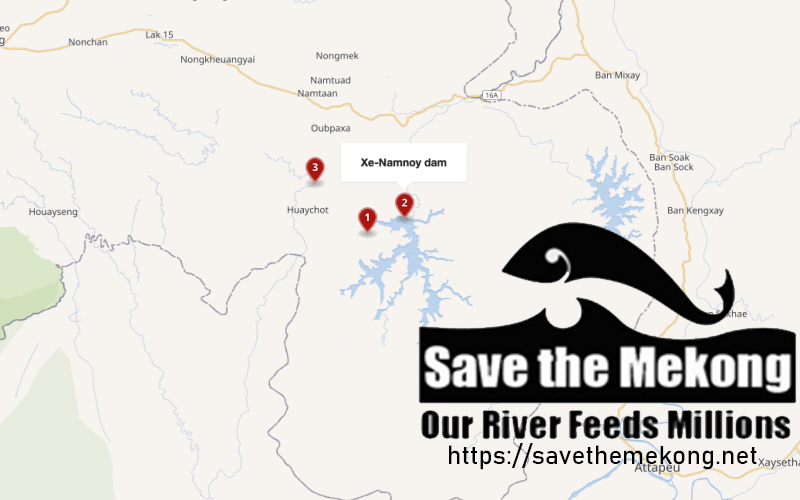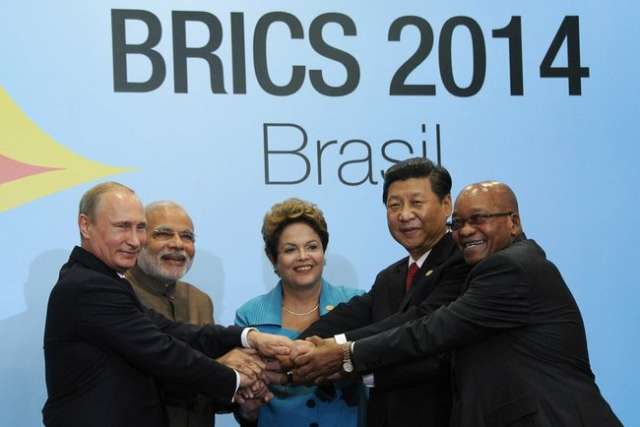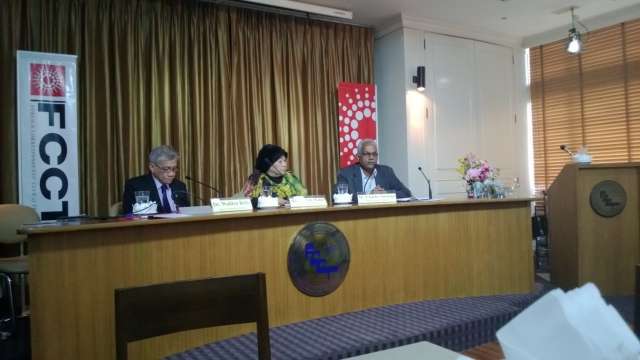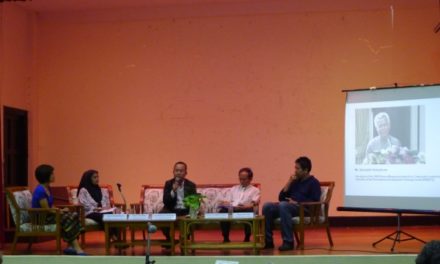Save the Mekong, a coalition of non-government organizations, community-based groups and concerned citizens within the Mekong region, wish to express our shock and concern at the recent collapse of the Xe Pian – Xe Nam Noy hydropower project in Laos, and our deep condolences to communities affected by this tragedy, both in southern Laos and downstream in Cambodia.
The Xe Pian – Xe Nam Noy dam collapse is a disaster, but not a natural disaster; it is a disaster caused by human error on the part of the dam-builders. Much of Laos and the Mekong are vulnerable to such disasters and to broader environmental threats due to eleven large hydropower dams on the lower Mekong mainstream and 120 tributary dams planned by 2040. The majority of these high-risk projects are planned for Laos as part of the country’s stated policy to become the “battery of Southeast Asia.” This disaster has amplified calls from within Laos to reconsider the country’s heavy investment in hydropower, and to strengthen the enforcement of national laws to ensure greater accountability from foreign investors.
The Xe Pian – Xe Nam Noy hydropower project has been surrounded by controversy from its beginnings. In 2013, civil society advocates flagged the project’s inadequate public consultation process, poor environmental impact assessment (EIA), lack of transboundary impact assessment, and the fact that environmental and social safeguards did not meet international standards. Already in its early planning stages, lack of information around potential project impacts and mitigation for project-induced losses plagued local communities. In the dam resettlement area, researchers witnessed people struggling to cope with a lack of access to sufficient food, water, and land.1
The Xe Pian and Xe Nam Noy feed into the Sekong River, one of the Mekong’s most important tributaries. Originating in the Central Highlands of Vietnam, the Sekong flows through Laos and then enters Cambodia to join the Mekong River. In Laos, the waters of the Sekong and its many smaller tributaries are home to tens of thousands of people from at least 20 different ethnic groups, all of whom rely on wild-capture fisheries and the surrounding forests and fertile lands for gathering and cultivating food. In addition, over 30,000 people living along the Sekong River in Stung Treng province of Cambodia, the majority of whom also belong to indigenous ethnic groups, rely on the land and watershed for subsistence. The health of Sekong River Basin communities and surrounding riparian ecosystems are being threatened by aggressive natural resource developments. Up to 17 dams are planned in the basin to export electricity to Vietnam and Thailand.
Even before this disaster, the Xe Pian – Xe Nam Noy hydropower project’s diversion of water from the Xe Pian River into the dam reservoir had been causing serious downstream impacts. Hydrological and water quality changes have decimated local fisheries, and villagers living along the Xe Pian River have received no compensation for the loss of their livelihoods. The Xe Pian National Protected Area, adjacent to the Xe Pian River, has also been negatively impacted by the project.
Project developers, financiers and investors must be held fully accountable for the damage caused by the Xe Pian – Xe Nam Noy project in accordance with Lao law and international standards and best practice.
The project is being developed by the Xe-Pian Xe-Namnoy Power Company (PNPC). PNPC is a joint venture formed in 2012 by SK Engineering and Construction (Korea), Korea Western Power, Ratchaburi Electricity Generating Holding, and Lao Holding State Enterprise.2 The dam is scheduled to begin operation in 2019, and 90% of electricity produced will be exported to Thailand. The Electricity Generation Authority of Thailand (EGAT) is the buyer, and several major Thai banks provided funding for the project: Krung Thai Bank, Tanachart, the Export-Import Bank of Thailand, and Bank of Ayudhaya (Krung Sri).
The people affected by this tragedy face huge challenges in bringing these companies and financiers to justice. National judicial processes are in need of reform, and there are significant barriers to obtaining accountability in the investors’ home countries. Furthermore, given the political sensitivity surrounding such investments, fear of reprisal often inhibits local people from accessing company mechanisms for redress.
The plans for extensive hydropower construction throughout the Lower Mekong Basin pose major threats to Mekong ecosystems, and the food security, livelihoods and wellbeing of local populations. The Xe Pian-Xe Nam Noy project follows a common pattern for hydropower development in Laos, and elsewhere in the region, of extracting natural resources for revenue generation without adequate consultation with affected communities or concern for social and environmental costs. The vast majority of benefits and profits are accrued by project developers and investors while local communities bear the impacts and risks. Better alternatives to large-scale hydropower for energy generation and development exist. They must be comprehensively assessed and considered in decision-making and development planning.
In the wake of this tragic disaster, the Save the Mekong coalition makes the following demands:
- Project developers and financiers must take full responsibility for all losses and harm, including for those downstream in Cambodia.I
- In the interest of transparency, the terms of the project concession agreement setting out the responsibilities of the company should be made public.
- An independent, comprehensive system must be immediately set up for survivors to safely voice their expectations for reparations.
- Project developers must substantiate how they will comprehensively address villagers’ expectations and implement a long-term plan for relief and rehabilitation. Reparations should start immediately, with no delay.
- Lower Mekong Basin governments must suspend planned dam projects within the Lower Mekong Basin pending a comprehensive, independent and transparent review of existing plans and alternative options for energy planning and development revenue.
The Lao language version of the statement can be viewed here.
Save the Mekong Coalition
Email: [email protected]
Website: www.savethemekong.net










